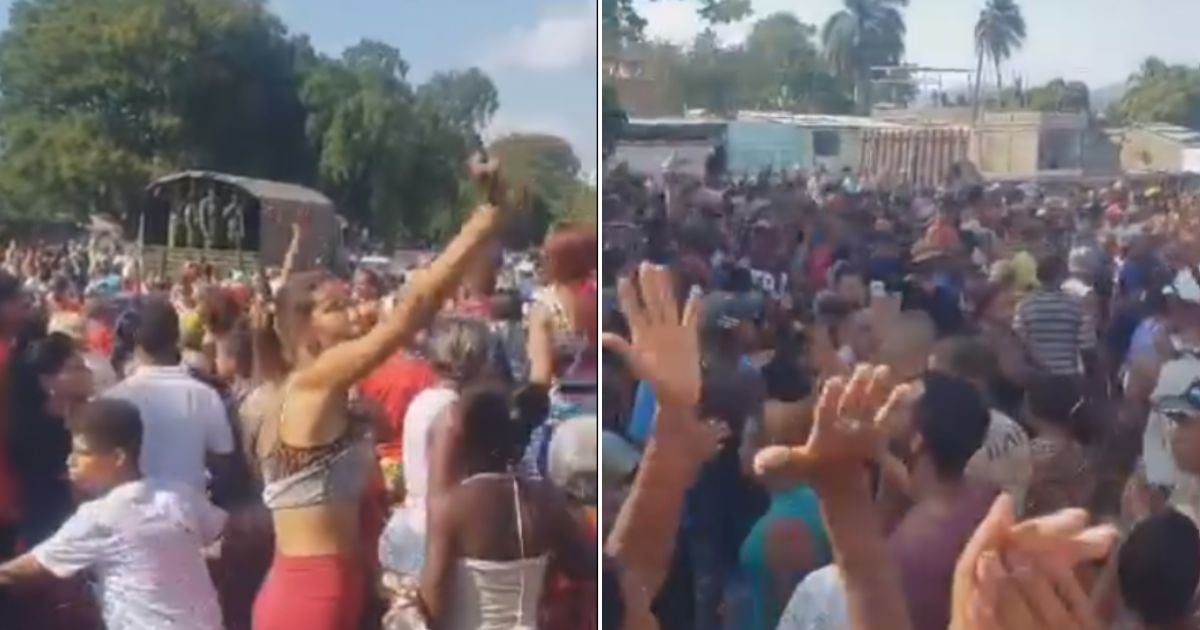
While the people of Santiago de Cuba protested in the streets demanding "food and electricity" and "Homeland and Life," the Castro regime activated its "digital army" to project an image of apparent calm to the world.
Profiles of state-owned enterprises, leaders, pro-government journalists, and even professionals from other sectors make up this large "swarm of bees," as they have referred to trolls, whose activity on social media is mobilized at the behest of State Security agents.
Images of deserted streets or those with very few people are the narrative the government uses to imply that nothing could possibly happen on the streets of Santiago de Cuba.
The former Cuban spy Gerardo Hernández Nordelo shared an image on his X social media account depicting the tranquility in the city, particularly on the street he referred to as "Morro Road," where protests took place earlier that Sunday afternoon.
Hernández, completely unaware, posted a photo of Garzón Avenue, in front of the PCC headquarters in the city, as if it were the area of the protests.
The area where the party building is typically located is heavily guarded by security agents, police officers, and, on many occasions, members of the army, known as the red berets or black berets.
In what was clearly a rushed statement, as the combat order "had been given," a provincial journalist reported that Beatriz Johnson, the main leader of the territory, "forgave herself" at the site of the protests.
Many of the images currently being published of a "Santiago de Cuba in total tranquility" correspond to the more central areas of the city, locations that are heavily protected by the police.
The protests this Sunday took place in one of the many neighborhoods in Santiago that are “prioritized for blackouts,” where power outages exceed 12 hours a day, far from the areas where the “digital army” displays peace and calm.
Filed under: